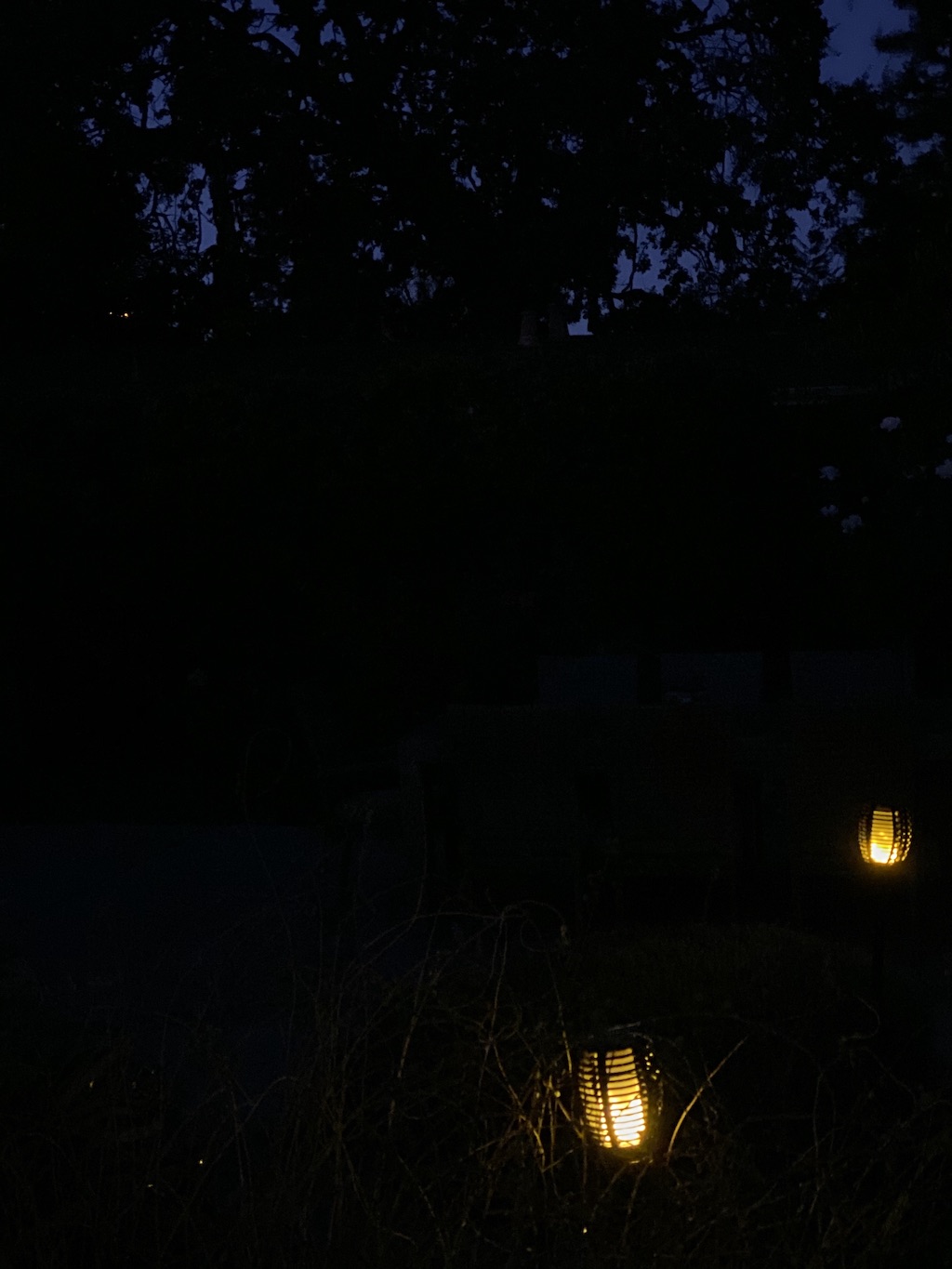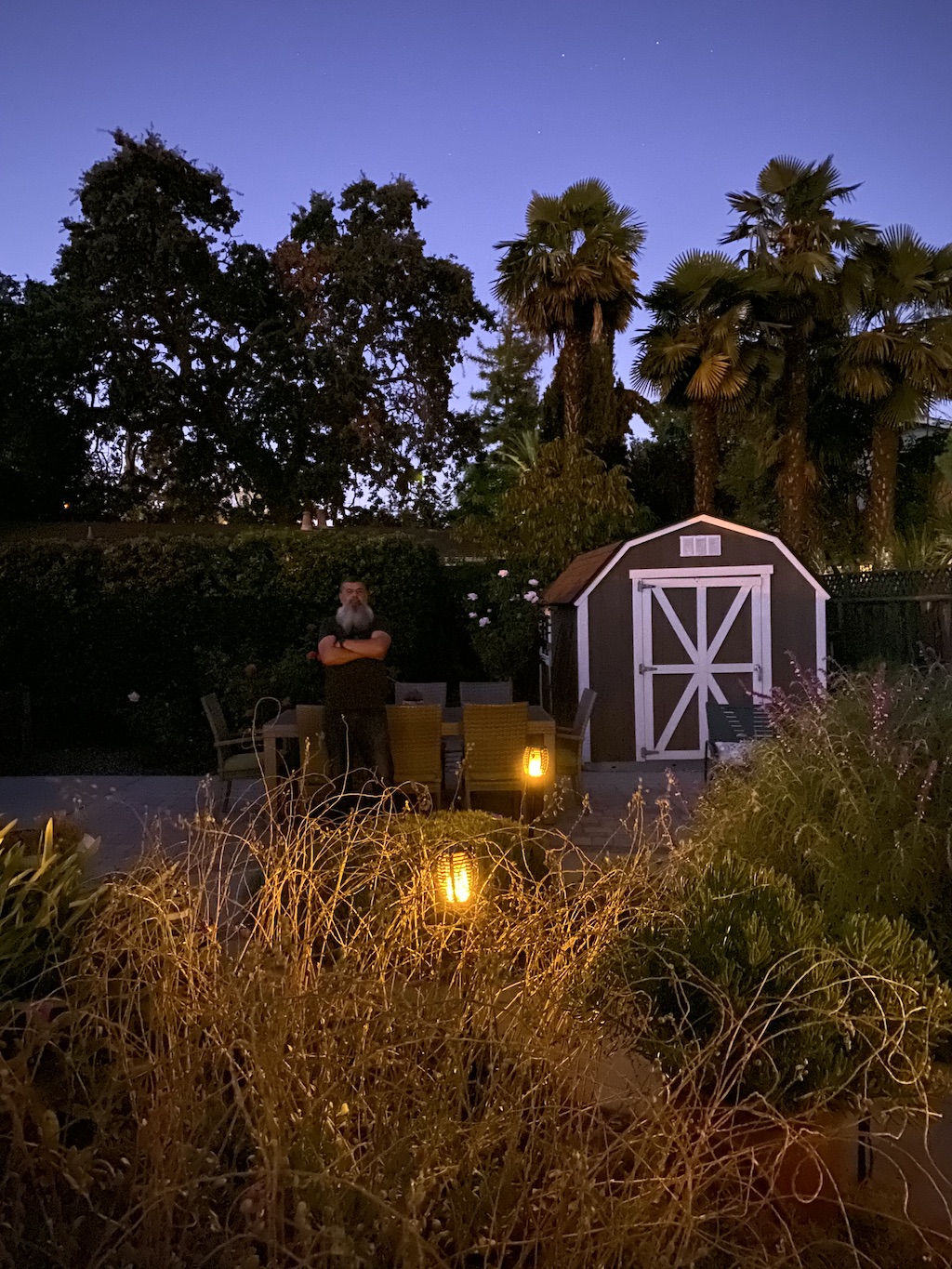I remember writing iPhone reviews back in the day I was working with Poli Pay Casinos with the focus usually on whether the device was powerful enough to get through our daily routines. We are so far past that point now; it’s not even a consideration for me anymore. However, there are a lot of other things to look at in the new iPhone 11, Pro, and Pro Max.
Perhaps the most stunning feature of the new iPhones is the camera system—I will get to that in just a minute—but for me, the A13 Bionic chip stole the show. It is, after all, the heart of the iPhone that drives everything we use on the device.
As I was taking notes during the keynote, I realized how much work Apple put into the chip design. It’s not just about making a more powerful chip; it was about making a more efficient chip.
The chip gives us raw power, but also increased battery life, faster machine learning, and a faster GPU. In fact, in the two performance cores alone, the A13 is 20 percent faster and uses 30 percent less power than the A12.
The efficiency of the chip gives the iPhone 11 Pro four more hours, and the iPhone 11 Pro Max five more hours of battery life than their predecessors. For a lot of users, that’s another half day of usage.
Taking about the chip is not the sexy part of the iPhone, but it is something to keep in mind as we look at all the other features of the iPhones. The chips are something we tend to take for granted, but when you see the amount of work Apple is putting into the technology behind the scene, you get an idea of the commitment the company has in producing the device.
Cameras
Let’s jump right into the cameras. Besides the chip design, the camera system on the new iPhones is the thing that impressed me the most.
I am not the most exceptional photographer in the world by any stretch of the imagination. I may not even be good at taking pictures, but with the iPhones 11, Apple has given me the cameras that will allow me to become a much better photographer.
The Pro and Pro Max have a three-camera system: Telephoto, Wide, and Ultra Wide. You have seen plenty of photos by now featuring the differences between the three cameras. There is no doubt they are incredible shots, but when I look at reviewing a device like this, I try to look at how an average person, like me, might use them.
Can an average user take advantage of a three-camera system? Yes.
Think about when you usually take a picture. Many times it will be with family or friends, perhaps having dinner at a restaurant. Have you ever tried taking a picture of the entire table and kept backing up until you’re on top of the table behind you? I have.
Have you ever told people to squish in a bit more so they could all fit in the picture? Happens all the time.
Now imagine just tapping a button on the iPhone and camera changes to Ultra Wide and everything fits instantly. That’s the way this system works.
Yes, pros and high-end amateurs are going to take some spectacular pictures using these cameras, but there are plenty of uses for them that the average users can take advantage of too.
Night Mode
It seems strange to me that my overall favorite feature on the new iPhone has to do with the camera, but it does. It’s a new feature called Night Mode.
As you would expect, Night Mode is optimized for taking photos in low-light conditions. To say I was stunned by the quality of the feature would be the understatement of the year.
Here’s how Night Mode works. When you hold your iPhone up to take a picture, the system automatically recognizes that there isn’t enough light for the photo. Night Mode activates automatically, and a little notification comes on the top of your screen indicating how many seconds you will need to hold still after you tap the shutter button to take the picture. Mine has always been 3 seconds so far.
When you press the shutter button, the camera takes multiple shots and fuses them to make one photo.
It’s important to note that once you tap the shutter button, you have to remain still for the amount of time Night Mode requires—there’s a countdown displayed on the iPhone. This delay gives the camera the time needed to take all of the required images.
Typically, taking shots at night results in poor images. There is a lot of noise in the pictures, and they are grainy. I usually end up throwing most of them away.
I bring this up because even using Night Mode, the image you see on the display as you’re taking the picture looks pretty bad. Don’t worry, the actual photo will look great. I almost stopped taking the photo because it didn’t look good on the iPhone display, but luckily I didn’t.
Here is an example of a Night Mode picture taken in my backyard at night. Nothing else was done to either photo.


I think the photo speaks for itself.
If you take pictures on your iPhone, this feature alone is worth the upgrade.
One more note. I’ve seen some people say that Night Mode isn’t worth it—you can use the flash on the camera and get similar pictures. That is absolutely wrong. It is the farthest thing from the truth that someone could possibly say.
Other features
I love Face ID and the security it provides for my iPhone. Apple said it improved the angles that Face ID could be used on the new iPhone, but I do not really see it.
From my use, I have to put the iPhone where I always did to make Face ID work consistently and adequately. Perhaps I’m trying to hard to get different angles, but I do not see much of a difference.
Spatial audio is a new feature that is built specifically for Dolby 5.1 and 7.1 content. Using the new system, the sound feels like it’s moving around when watching movies and other content.
It doesn’t work for typical music content, but there is good news on that front too. I’m not quite sure if it’s new speakers or an algorithm, but the music sounds much better through the iPhone than ever before.
I know it sounds strange to play music through an iPhone, but I do it all the time. I listen to podcasts and play music all day long, and all through my iPhone.
I find it very convenient to do it that way, even when I’m on my Mac. When I take a break, go for a walk, or go for a drive, I pick up my iPhone and keep listening. Strange, but it’s a habit now.
Recommendation
The main difference between the iPhone 11 Pro and iPhone 11 Pro Max is the size of the display. All other technologies are the same, so your decision is going to come down to the dimensions of the iPhone you want to carry around.
The iPhone 11 has a few differences from the Pro models. It has an LCD instead of the OLED display in the Pro; it doesn’t have an option for 512GB storage; and it only has two cameras (the Wide Angle and Ultra Wide Angle).
A friend of mine came over last night and saw all three models. He’s going to buy two for his family next week, and he asked me the hardest question: “Which one will you buy?”
I stuttered and stammered and ran through all of the features and the fact they all have Night Mode and A13, and everything else. He finally said, “You don’t know, do you?”
He’s probably right, but I did settle on iPhone 11 Pro Max because of the larger size for my eyes and the camera system.
The point is, there is no wrong answer in choosing an iPhone 11. All three models are generously equipped with features, power, and efficiency.
Pick the model that best suits your needs and be happy you have the fastest smartphone in the world.


